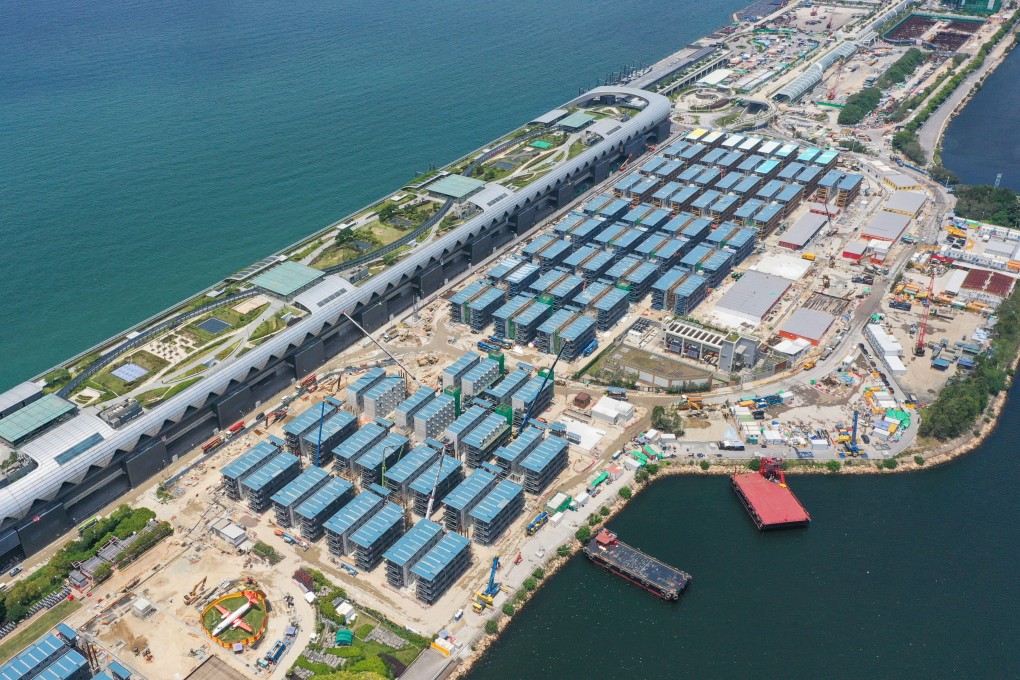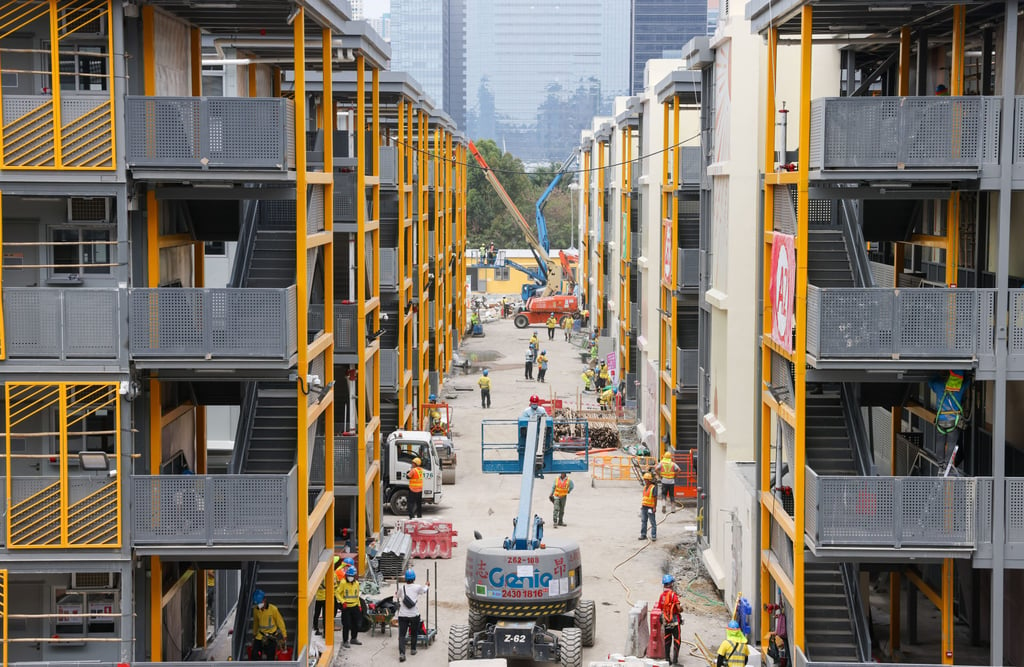Hong Kong Covid-19 isolation centre at prime Kai Tak development area ‘to be used for temporary public housing’
- Developers, tourism players worry about impact on plans for residential, leisure hub in the area
- Kai Tak facility, still being built to provide 3,000 isolation rooms, appears the most feasible for use as temporary housing, source says

Concern groups for housing welcomed the idea, saying it could provide quick relief given the city’s severe shortage of public housing.
But developers and tourism sector players said they believed the temporary housing should not remain too long, or it could affect tourism and plans to transform the former airport site into a hub for homes, business, sports and leisure.

With Covid-19 infections continuing a downward trend, isolation facilities have been left with many empty beds.
Secretary for Development Michael Wong Wai-lun said in a blog post on April 24 that some isolation sites could be used as transitional housing for those in the long queue for public flats, but he did not give details.
A source familiar with the matter said the Kai Tak facility, still being built to provide 3,000 rooms next month, appeared the most feasible for use as temporary housing among nine isolation sites.
“The rooms are all equipped with a toilet and can be reused right away without much conversion,” he said.